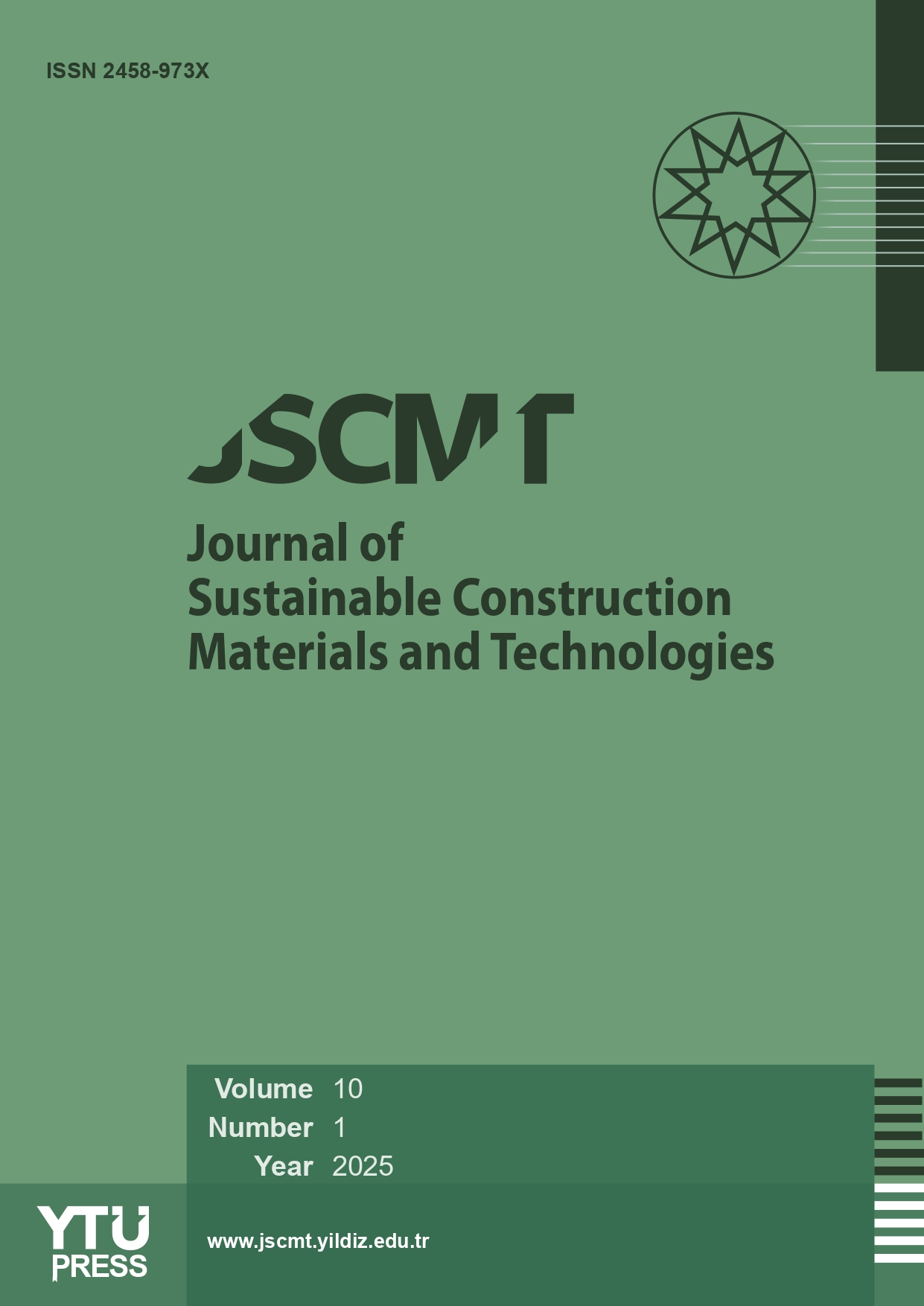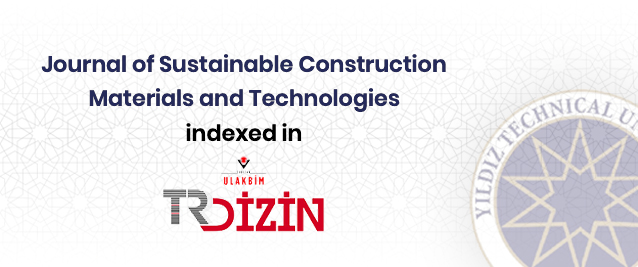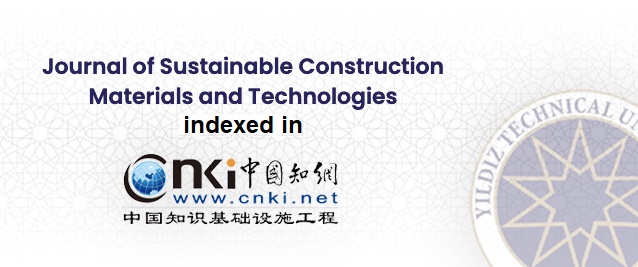Abstract
A composite's rheology can be changed by adding superabsorbent polymer (SAP) and basalt fibers and using silica fume. This study aimed to investigate the effects of these components on the viscosity and shear stress parameters of the paste. The proportions of the components were varied, with SAP content ranging from 0.01% to 0.03%, basalt fiber from 0% to 0.50%, silica fume (micro silica) at 15%, and water content from 0.40 to 0.50. Response surface methodology was used to optimize the mixture proportions, and the rheological properties of the resulting pastes were characterized using a rheometer. Results showed that the addition of SAP and basalt fiber had a significant impact on the rheological properties of the paste, with increasing amounts of both resulting in increased viscosity and shear stress. Overall, this study highlights the potential of SAP and basalt fiber in advances of the rheology of cement paste and provides insight into the optimal proportions of these components for achieving desired rheological properties. The findings of this study could be useful in developing high-performance concrete with enhanced rheological properties, which could have a wide range of applications in the construction industry. In addition, 0.50% BF, 0.01% SAP, and 0.445 water-to-cement were found as optimum proportions regarding the rheology of the cement paste.
















